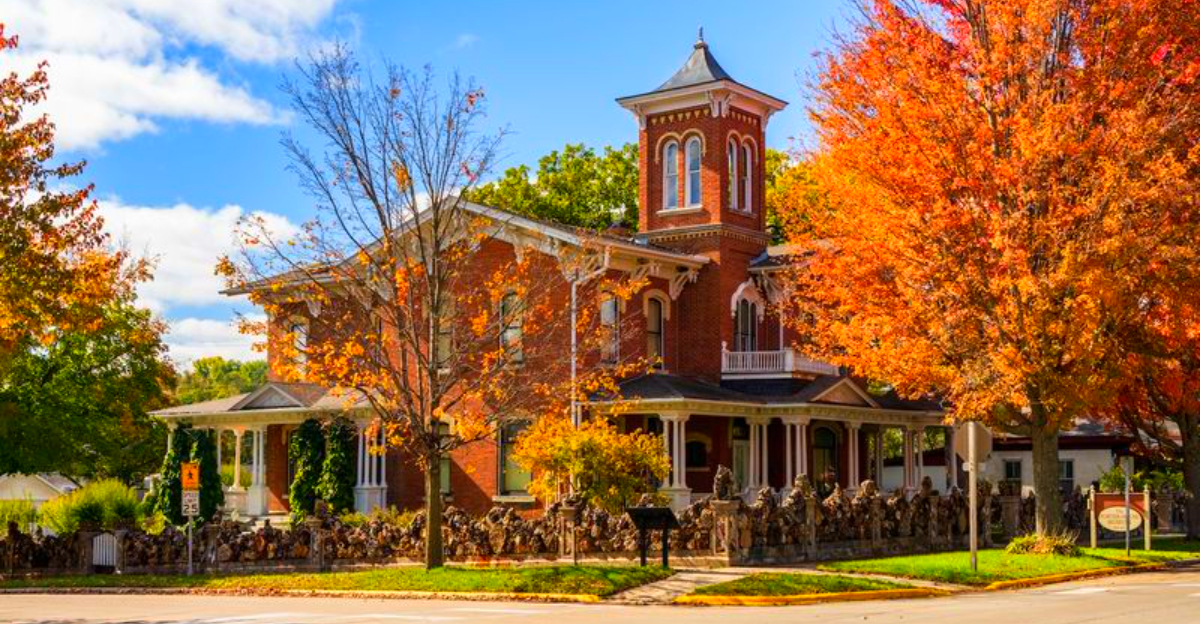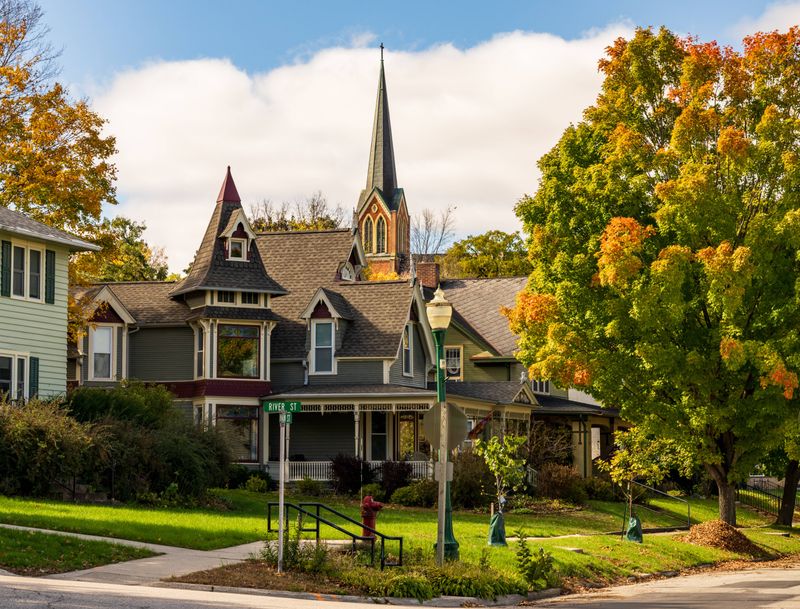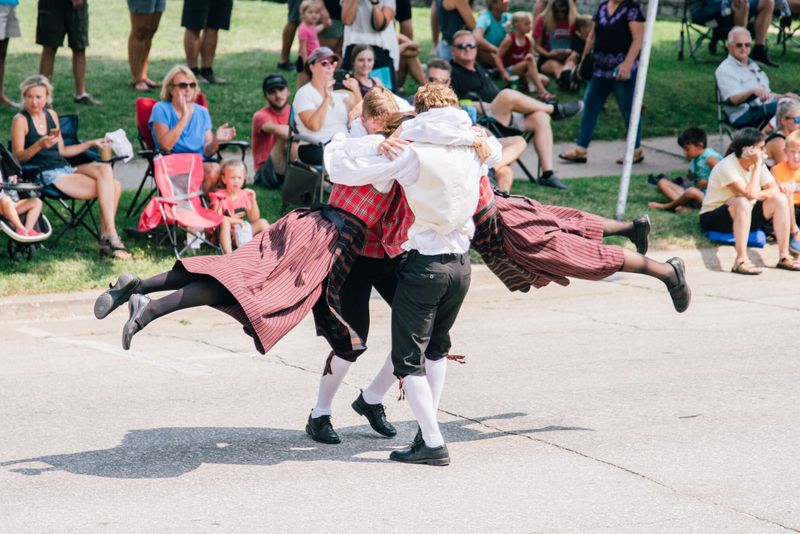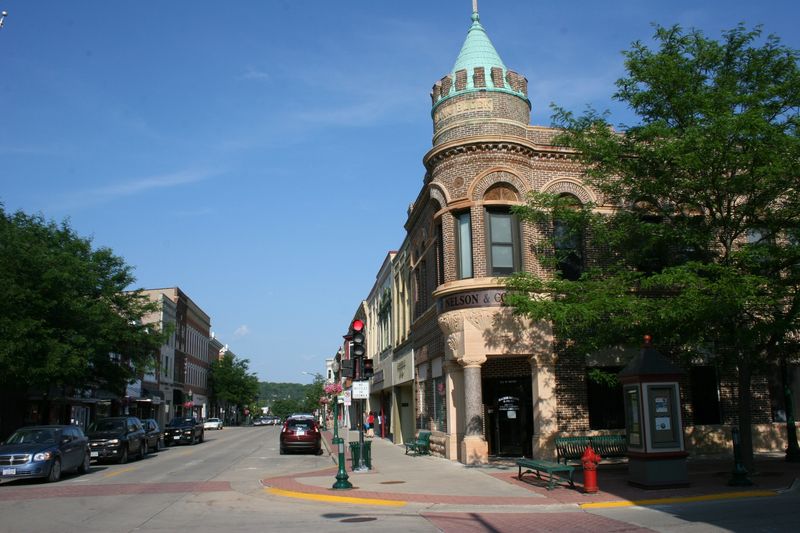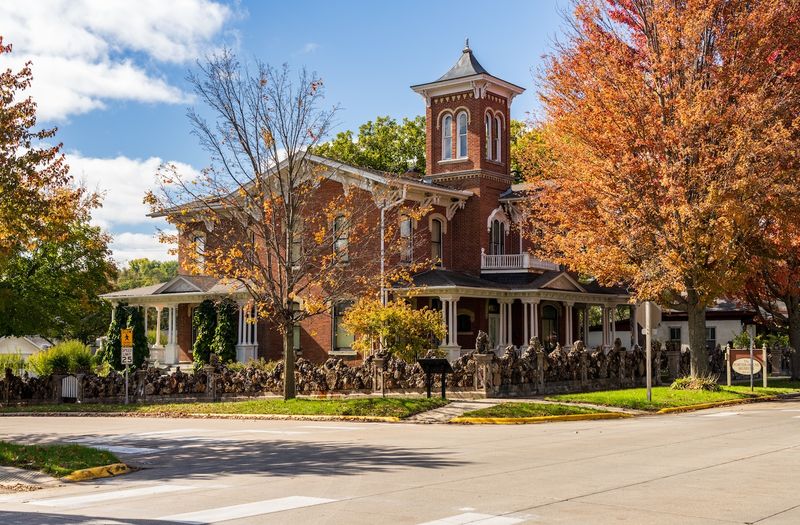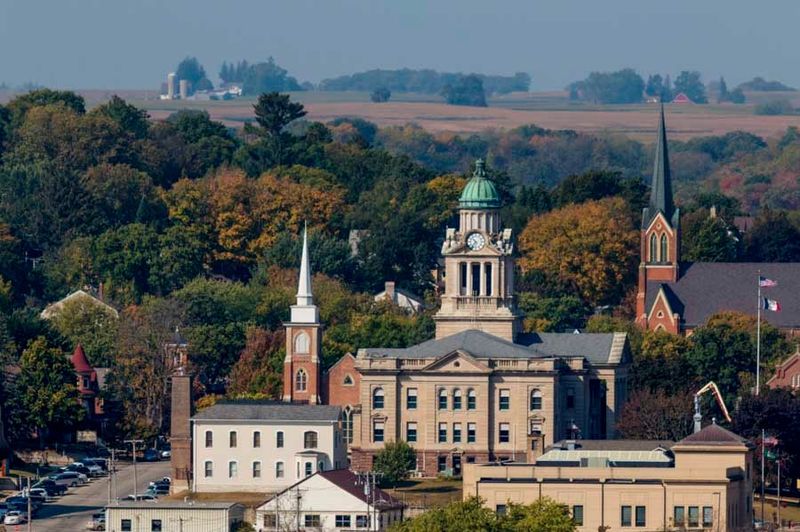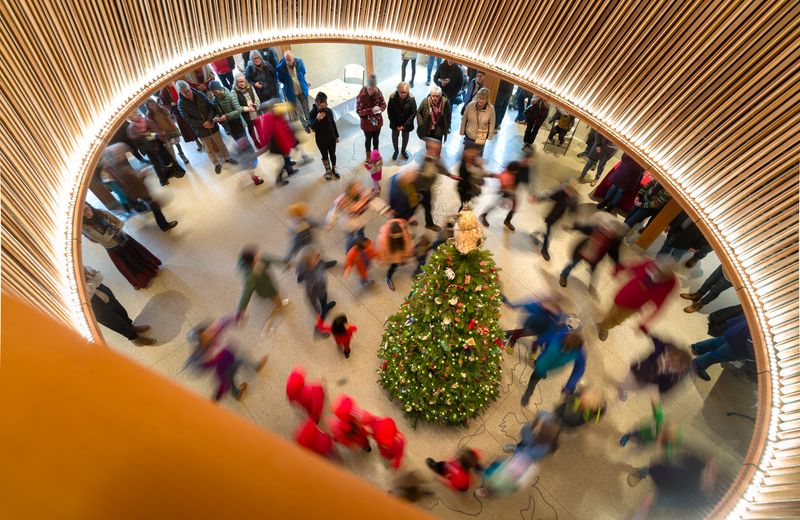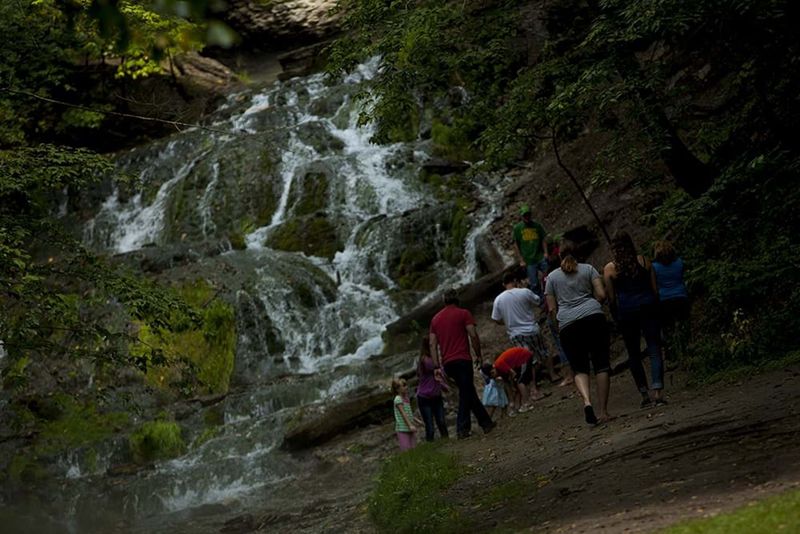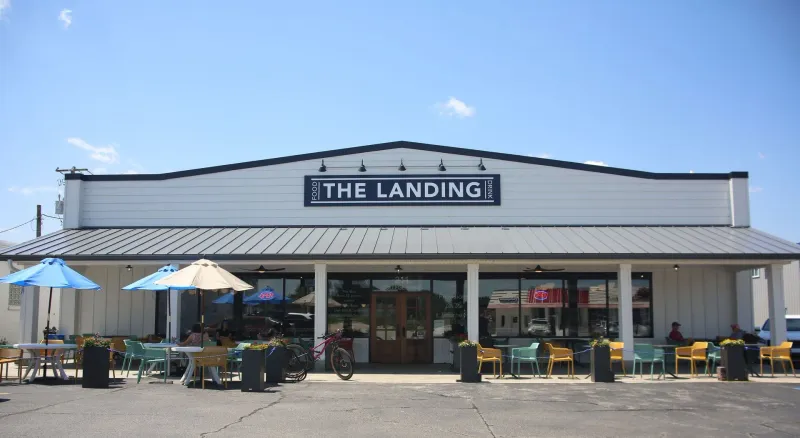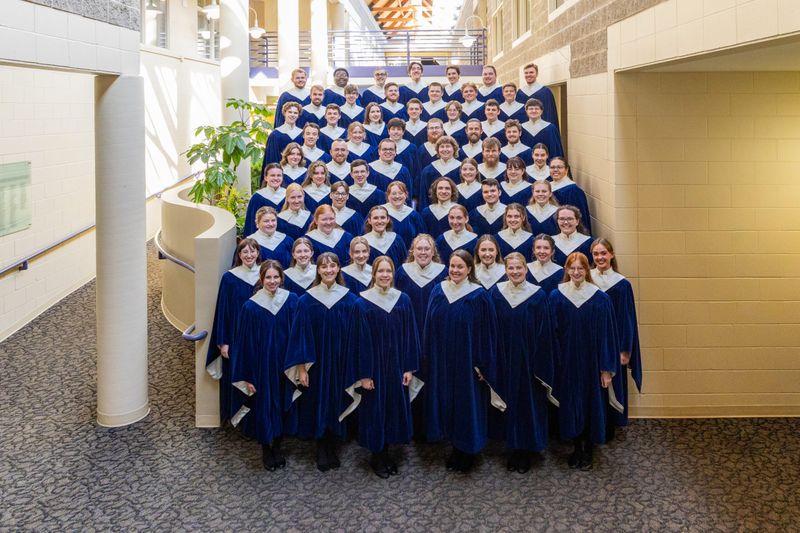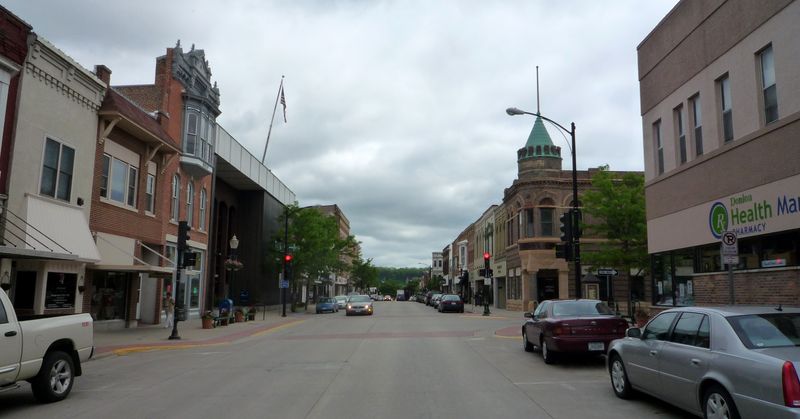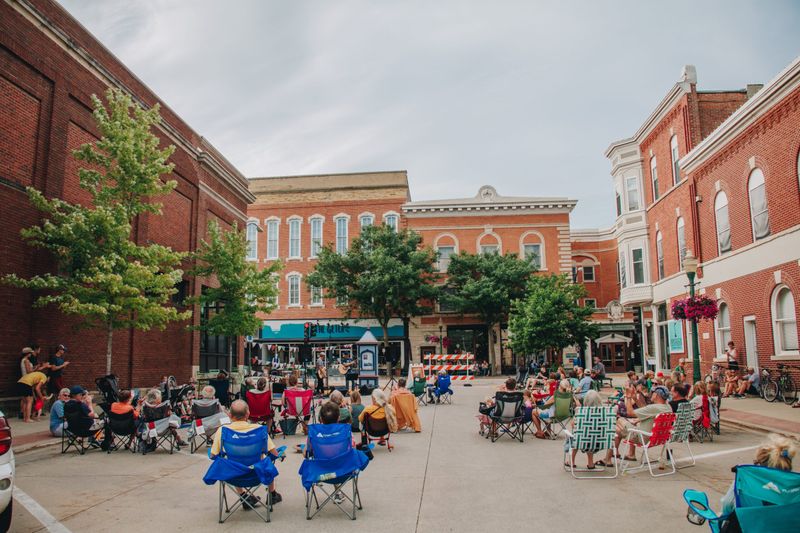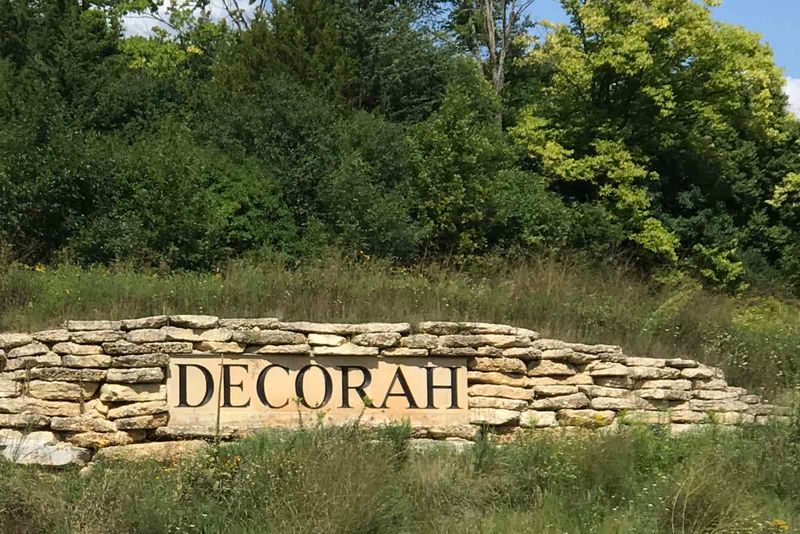From centuries-old traditions to mouthwatering Scandinavian pastries, Decorah, Iowa blends Norwegian heritage with Heartland charm to create a surprising Nordic enclave in the Midwest. Tucked among bluffs and trout streams, it feels like a European escape without leaving the U.S. Whether you’re drawn by festivals, folk art, or outdoor adventure, this small town delivers outsize culture and scenery. Here are 15 facts that prove Decorah is as authentic as it is unforgettable.
1. Founded by Norwegian Immigrants in the 1800s
Decorah’s Nordic story begins in the mid-19th century, when Norwegian immigrants headed inland seeking fertile farmland and community. They brought Lutheran faith, folk art, and resilient traditions that quickly reshaped a small frontier settlement. Over generations, their language and customs intertwined with Midwestern pragmatism, forming a culture both steadfast and welcoming. Today, ancestral surnames remain common, and family recipes still anchor community tables. The town’s layout reflects those early choices: church-centered neighborhoods, civic halls, and craft guilds. Walk its streets and you’ll sense continuity – a living bridge between fjord-side homesteads and Iowa’s rolling fields – proving heritage can flourish far from its homeland.
2. Largest Norwegian-American Festival: Nordic Fest
Every summer, Nordic Fest transforms Decorah into a jubilant celebration of Norwegian-American pride. For three days, bunad-clad dancers spin to fiddle tunes, kids wave flags, and the aroma of lefse and krumkake fills downtown. The parade showcases creative floats, while craft demonstrations reveal rosemaling strokes and woodcarving secrets. Viking reenactors add flourish, but community remains the heart. Visitors join locals at concerts, street markets, and cultural workshops. The schedule balances spectacle with substance – spotlighting history alongside modern creativity. Whether you come for pastries or pageantry, you’ll leave with deeper appreciation for a heritage kept vibrantly, joyfully alive.
3. Vesterheim Norwegian-American Museum
Vesterheim is the crown jewel of Norwegian-American heritage, safeguarding thousands of artifacts and stories. Inside, galleries showcase intricately carved ale bowls, embroidered bunads, immigrant trunks, and paintings that traveled oceans. Exhibits illuminate journeys from fjords to farms, the craft traditions settlers preserved, and the innovations they embraced. Beyond display cases, hands-on classes in fiber arts, knife-making, and rosemaling pass skills forward. The museum’s research resources support genealogy and scholarship, while lectures connect past and present. With rotating shows and a vibrant campus, Vesterheim feels less like a static archive and more like a living cultural engine.
4. Walk an Authentic Immigrant Neighborhood
Step into Vesterheim’s Open Air Division to explore a preserved immigrant streetscape. Log houses reveal hand-hewn craftsmanship, while a pioneer store hints at barter economies and frontier scarcity. A Lutheran church anchors community life, its simple interior emphasizing fellowship over ornament. Costumed interpreters explain heating a home with sod, weaving textiles, and cooking on woodstoves. Children love peeking into pantries and lofts; historians relish construction details and joinery. It’s immersive, tactile history, set beneath leafy trees. The neighborhood captures both hardship and hope, demonstrating how Norwegian settlers adapted old-world knowledge to new-world realities in Iowa’s Driftless hills.
5. A Norwegian-Style Stave Church Touch
Decorah’s Old-World spirit includes a Norwegian-style church that echoes medieval stave design. Its steep roofs, vertical timbers, and carved details evoke fjordland silhouettes rarely seen in the Heartland. While adapted for Midwestern materials and congregational needs, the aesthetic remains unmistakably Nordic. Visitors admire craftsmanship, symmetry, and the sense of calm conveyed by weathered wood against prairie sky. Services and community events imbue the space with living purpose, not just architectural novelty. Photographers come for the textures; architecture buffs study proportions. It’s a visual reminder that immigrant faith and artistry found new soil – and kept flourishing.
6. Scandinavian Bakeries and Pastries
Decorah’s bakeries perfume mornings with cardamom and butter, turning tradition into irresistible treats. Kringla coils tenderly; krumkake crisps into delicate cones. Lefse – potato flatbread – rolls warm from griddles, ready for butter and sugar. Kringle layers flake with almond and fruit. Many recipes traveled in immigrant trunks and were perfected over generations of church suppers and family kitchens. Seasonal specialties appear for holidays, while everyday pastries keep lines steady. Staff share stories along with samples, helping newcomers pronounce names and choose fillings. It’s heritage you can taste – comforting, celebratory, and baked fresh each day.
7. Norwegian Language Lives On
While English prevails, Norwegian echoes through Decorah during festivals, concerts, and club meetings. You might hear greetings at Vesterheim, language snippets in classrooms, or toasts shared at community dinners. Local courses introduce grammar and pronunciation, while cultural events reinforce vocabulary with songs and stories. Elders recall phrases from grandparents; younger residents study to connect with ancestry. Visitors enjoy trying takk and hei while learning context and etiquette. The point isn’t fluency alone – it’s continuity. Words become threads that stitch people to place, making everyday interactions feel slightly, delightfully Nordic.
8. Nordic Roots in Street Names
Strolling Decorah feels like wandering a mini-Oslo mapped onto the Midwest. Norwegian-inspired street names and neighborhood markers nod to early settlers who shaped the town. Murals, plaques, and subtle architectural flourishes reinforce an identity that’s more than festival-deep. Even directional signs and banners often feature motifs – Selbu stars, rosemaling curves, and flag colors. These details add wayfinding charm and cultural coherence, encouraging visitors to slow down and look closely. The effect is cumulative: a streetscape that converses with its past while serving present-day residents. It’s civic design with memory – every corner whispering where the story began.
9. Traditional Norwegian Christmas in Iowa
December in Decorah glows with Nordic warmth. A juletre lighting ceremony gathers neighbors as carols rise in frosty air. Markets brim with handcrafted ornaments, knitted mittens, and Scandinavian treats, while homes lean into hygge – candles lit, soups simmering, stories shared. Churches host concerts; bakeries turn out butter-rich cookies by the tray. Folkloric traditions mingle with Midwestern hospitality, creating festivities that feel intimate yet inclusive. Visitors find themselves welcomed into rituals that prioritize togetherness over spectacle. It’s a holiday season less about hustle, more about heart, where simple joys shine brightest against winter’s hush.
10. Driftless Scenery With Nordic Vibes
Decorah sits in the Driftless Area, a rare Midwestern region untouched by glacial flattening. The result is drama: limestone cliffs, spring-fed trout streams, and wooded bluffs that recall rural Scandinavia. Hikers climb ridge trails for sweeping views; paddlers meander the Upper Iowa River beneath sculpted rock. Wildflowers stud prairies in spring, while fall sets hills ablaze. Photographers chase golden-hour light; anglers chase browns and brookies. The topography shapes culture too – outdoor life is second nature here. Pair a morning hike with an afternoon museum visit and you’ll see how landscape and heritage harmonize beautifully.
11. Lutefisk Dinners Still Served
In Decorah, lutefisk dinners remain a beloved, if debated, tradition. Church volunteers transform halls into bustling dining rooms, serving the gelatinous cod with potatoes, cream sauce, and plenty of butter. For many, the meal is memory on a plate – grandparents, laughter, and winter gatherings. Skeptics come for curiosity; regulars return for ritual. Lefse accompanies, coffee pours bottomless, and conversations span generations. Volunteers share preparation tips while musicians add folk tunes. Whether you finish every bite or simply sample, you’ll taste the cultural tenacity that keeps heritage alive – one communal plate at a time.
12. Luther College’s Nordic Legacy
Founded in 1861 by Norwegian immigrants, Luther College infuses Decorah with scholarship and song. Its acclaimed Nordic Choir tours widely, while campus concerts, art shows, and lectures enrich community life. Academic programs partner with Vesterheim, advancing research on immigration and craft. Students volunteer at festivals, strengthen language programs, and help animate town-gown traditions. The campus itself, nestled among bluffs, invites exploration and reflection. For visitors, attending a performance or gallery opening adds a vivid cultural layer to any itinerary. Luther keeps Decorah’s heritage forward-looking – rooted, rigorous, and resonant.
13. Shops Importing Goods from Norway
Downtown shops make Scandinavian design delightfully tangible. Shelves display Norwegian wool sweaters, patterned mittens, and enamel cookware built for long winters. You’ll find books, children’s toys, and rosemaling-decorated home goods rarely stocked elsewhere. Many items ship directly from Norway or come via specialty distributors, ensuring authenticity and quality. Staff advise on sizing, care, and history, turning purchases into keepsakes. Visitors often leave with edible souvenirs too – cheeses, crackers, and chocolate to pair with coffee. It’s retail as cultural bridge, marrying practicality, beauty, and storytelling in every knit and glaze.
14. Norwegian Visitors Every Year
Thanks to Vesterheim, Nordic Fest, and deep ancestral ties, Decorah welcomes Norwegian visitors annually. Some arrive tracing family trees; others come curious about America’s Norwegian heartland. They tour galleries, attend concerts, and compare landscapes that feel oddly familiar. Conversations bloom in cafes as locals swap stories about surnames and farmsteads. Cultural diplomacy happens casually – over pastries, maps, and shared music. The result is a rare, reciprocal relationship: a Midwestern town serving as an unofficial bridge between countries. Each visit strengthens the transatlantic thread that’s defined Decorah for generations.
15. One of America’s Most Authentic Norwegian Communities
What sets Decorah apart is continuity. Heritage isn’t a slogan – it’s practiced daily in kitchens, classrooms, shops, and sanctuaries. Festivals add sparkle, but the year-round rhythm sustains identity: language lessons, choir rehearsals, craft workshops, and community dinners. The Driftless landscape amplifies the sense of place, inviting reflection and outdoor joy. Visitors feel both transported and welcomed, experiencing a culture adapted rather than staged. From pastries to folk art, from campus concerts to quiet hikes, Decorah proves authenticity thrives when community tends it carefully, together.
